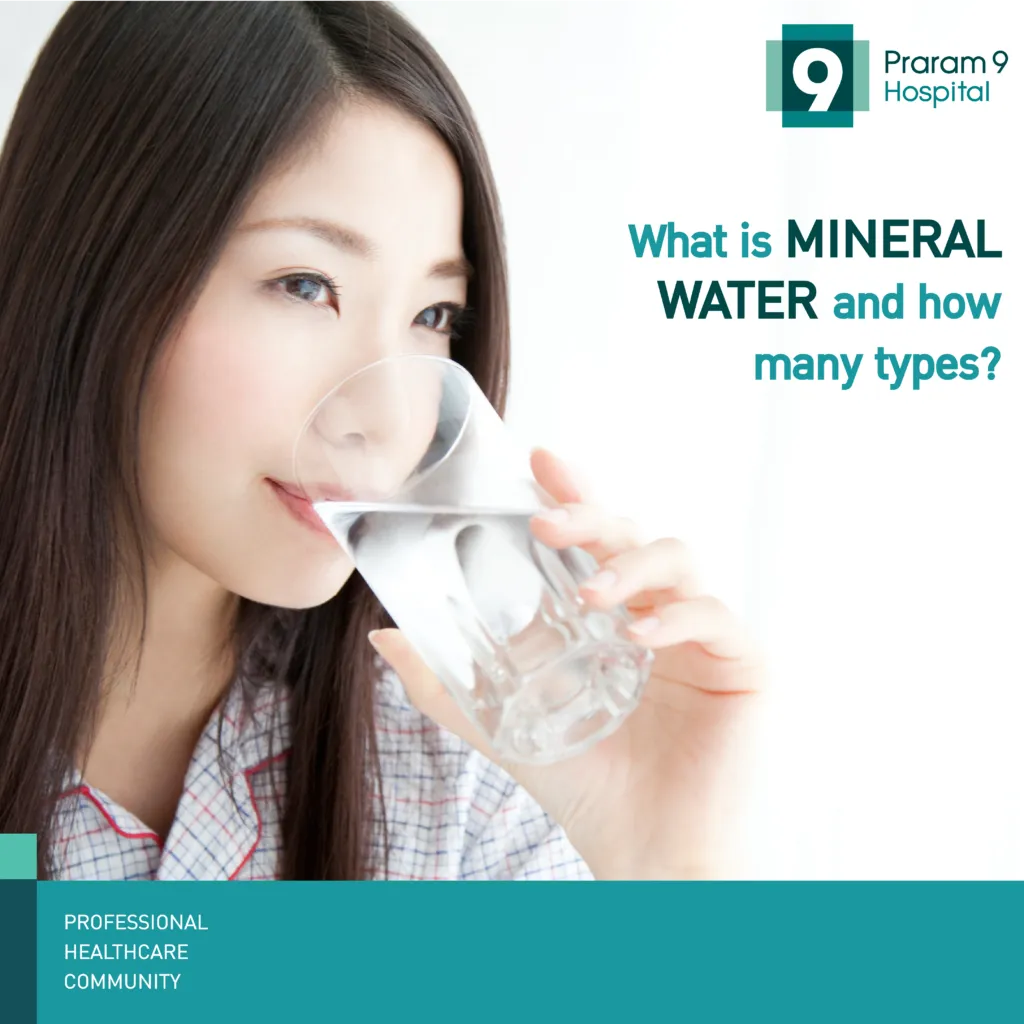Health Articles
Knowledge
What is mineral water and how many types?

What is mineral water and how many types?
If you are feeling weak or lack of energy after a diarrhea, vomit or intense exercise session, mineral water might be the most common option that come up for most people to replace their lost energy and mineral. However, do you know that drinking the right type and appropriate amount of mineral water is crucial for the balance of mineral salt in our body.
What are mineral salts?
Mineral salts are natural mineral that help to replace the depletion of liquid and mineral in the body. It has the properties of reinvigorate the body as well as increasing the body energy, water and mineral level in the body. Everyday, the body need a small quantity of minerals in order for the body to function normally.
What are the types of mineral salt that the body needs?
Mineral salts can be categorized into 2 group according to their need in the body which are:
1. Macro minerals. These are minerals that the body need more than 100 milligram daily such as calcium, phosphorus, potassium, magnesium, sodium, Sulphur and chloride. You can find these types of minerals in various type of food such as milk, egg, meat, salt, dark green vegetables and fruits.
2. Trace minerals. These are minerals which the body only require a small amount of each day, less than 100 milligrams. Despite there small amount compare to macro minerals, mineral such iron, zinc, selenium, copper, iodine, cobalt and fluoride still play a vital role in our body.
What happen when you lack essential minerals?
The condition whereby the body lacks minerals are usually common among people who lose a lot of mineral through sweats during exercises and people who vomit or have diarrhea. If the body lack large amount of essential minerals, there can be negative impact that can lead to death. Example of symptoms patients might experience if they lack minerals such as lack of strength dry lips and dry skin, abnormal urine and unusual heart rate. Therefore, the substitution and resupplying of the minerals to the body is important and should not be ignored.














